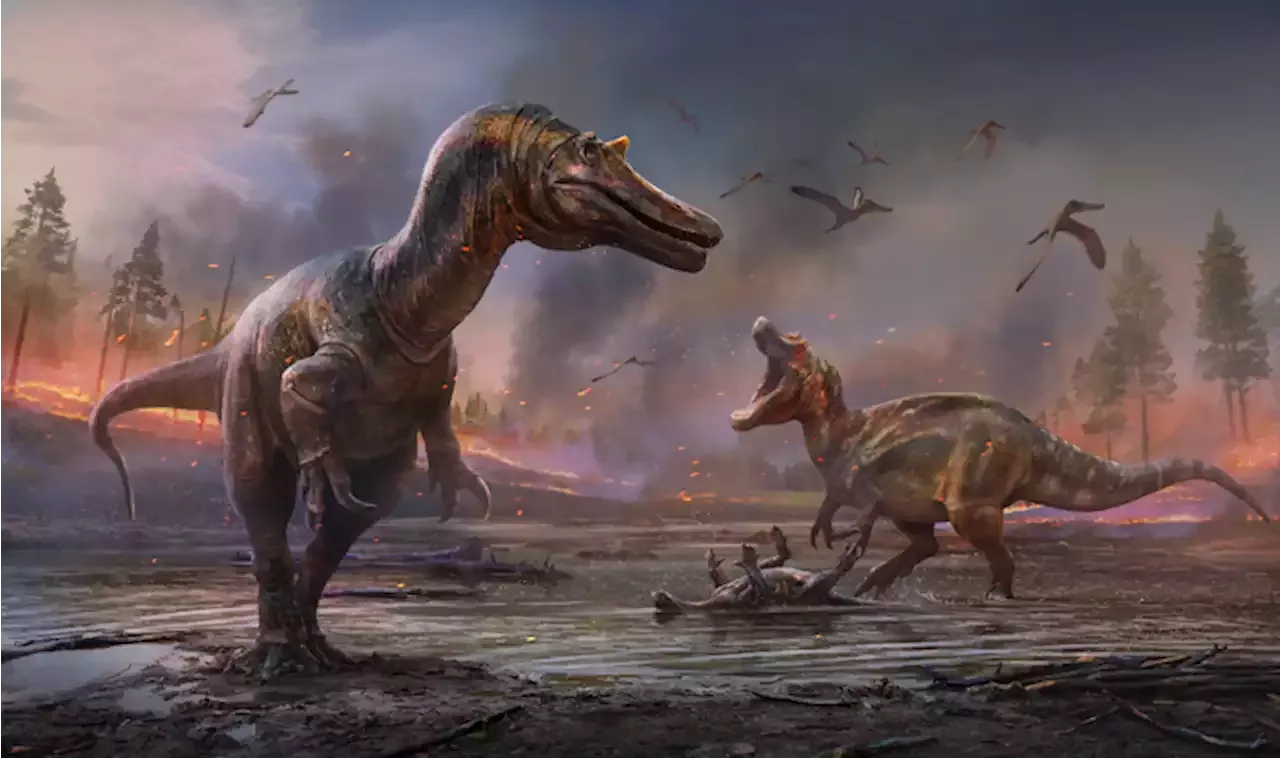The 'hell heron' fossil was discovered along with a related new species on the British Isle of Wight, a dinosaur hot spot in Europe.
, an evolutionary biologist at the University of Southampton who oversaw the fossil analysis. “I don’t normally use terms like ‘cool’ because I’m not cool enough to use terms like ‘cool.’” If a person who typically avoids using “cool” describes a dinosaur that way, this dinosaur must be pretty rad.
As for the new fossils themselves, Gostling and his team were working with two early Cretaceous-era finds from about 125 million years ago. One is a part of the snout at the front of the face, and the other is part of the skull case. They’ve got 50 other parts of the jaw to work with, so they’ve been able to recreate approximately what one of these two dinosaurs looked like.
While these finds might not overturn any one aspect of paleobiology, Gostling says that at the very least more experts have their eye on spinosaurids because of them. This fossil analysis also yields a migratory map.
